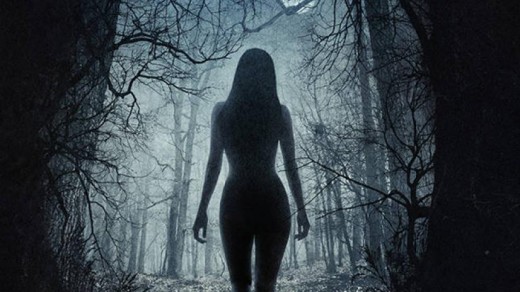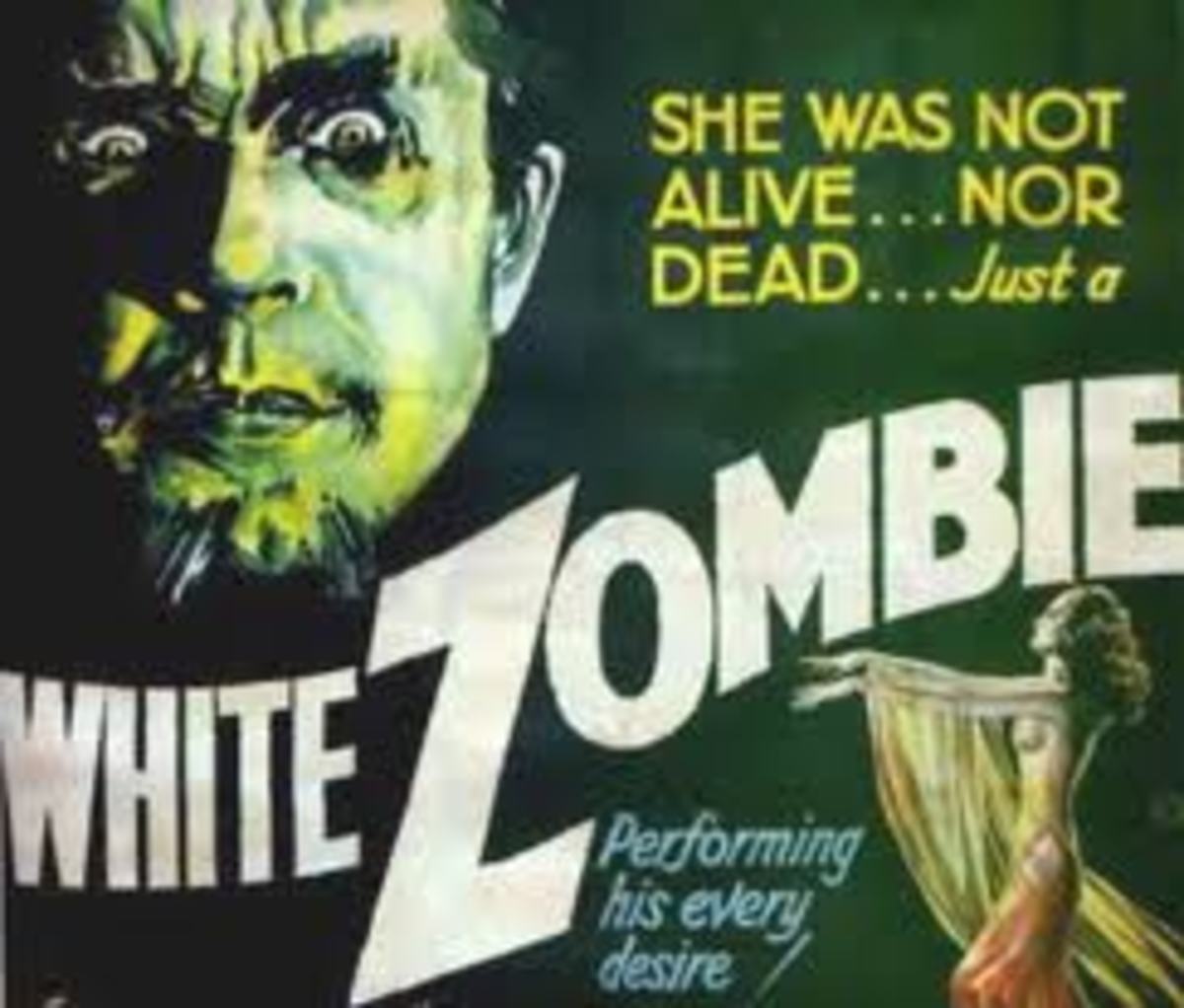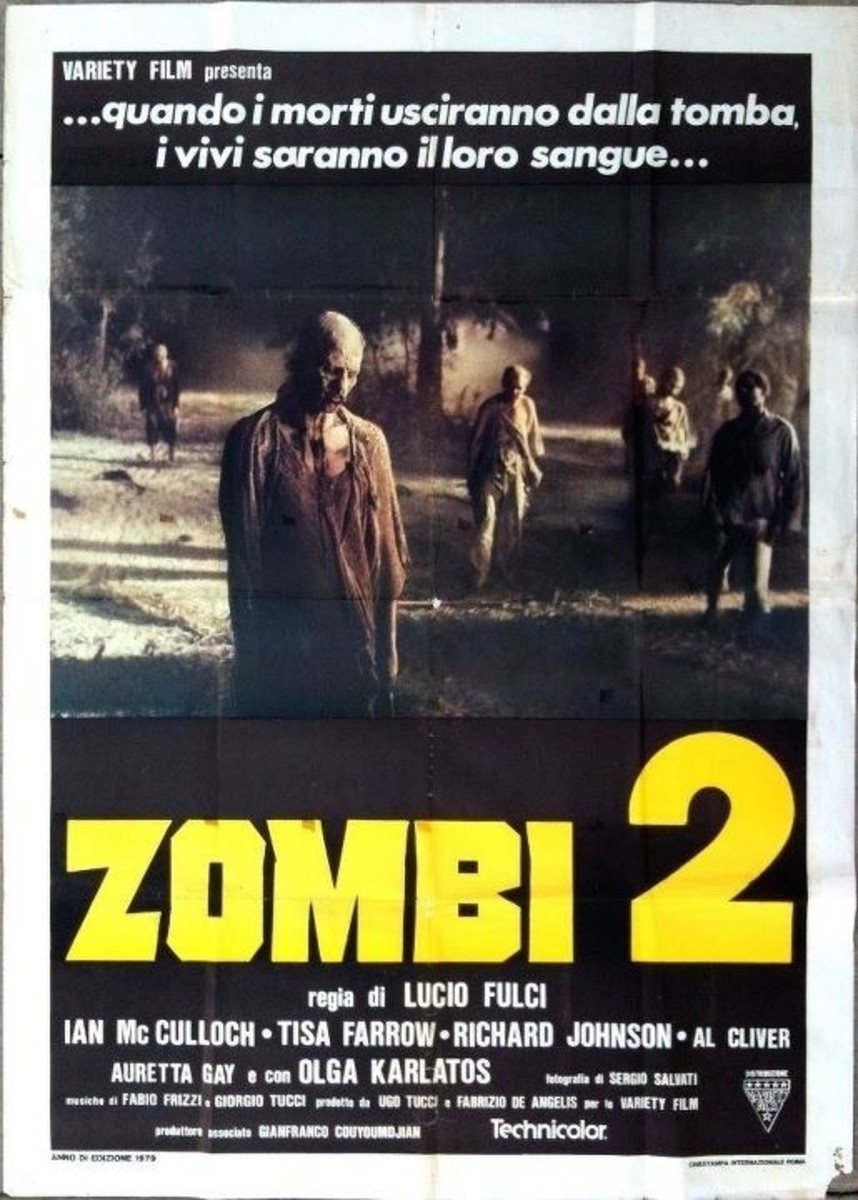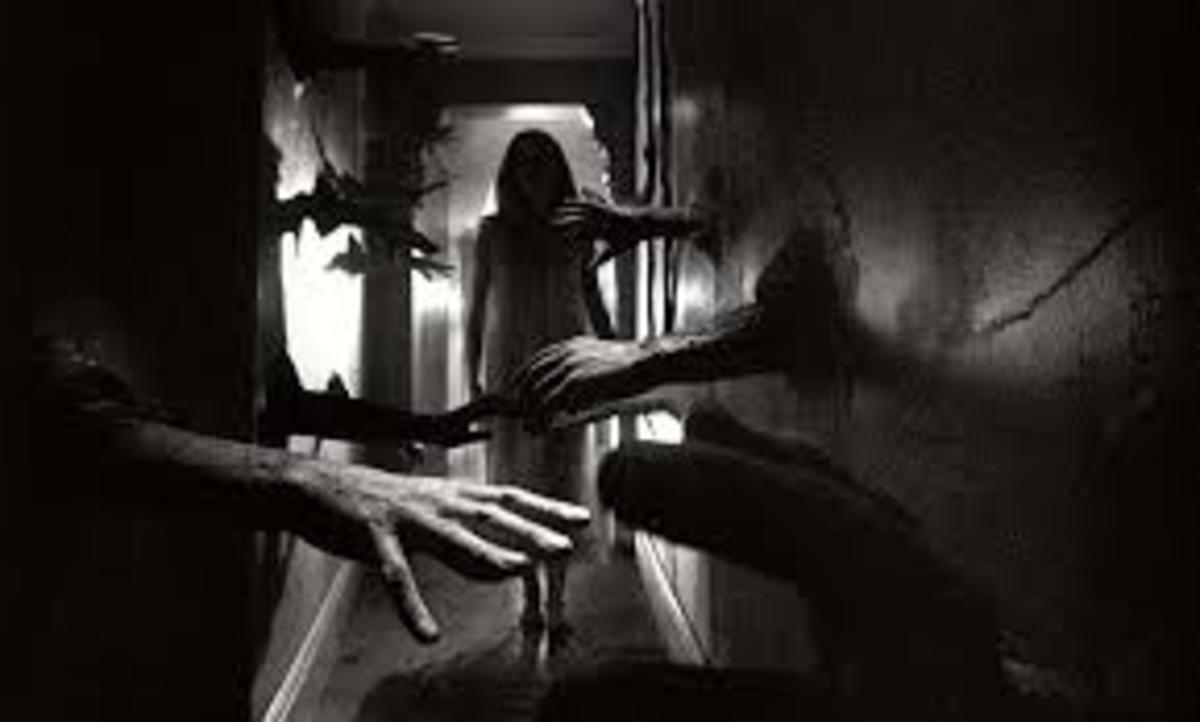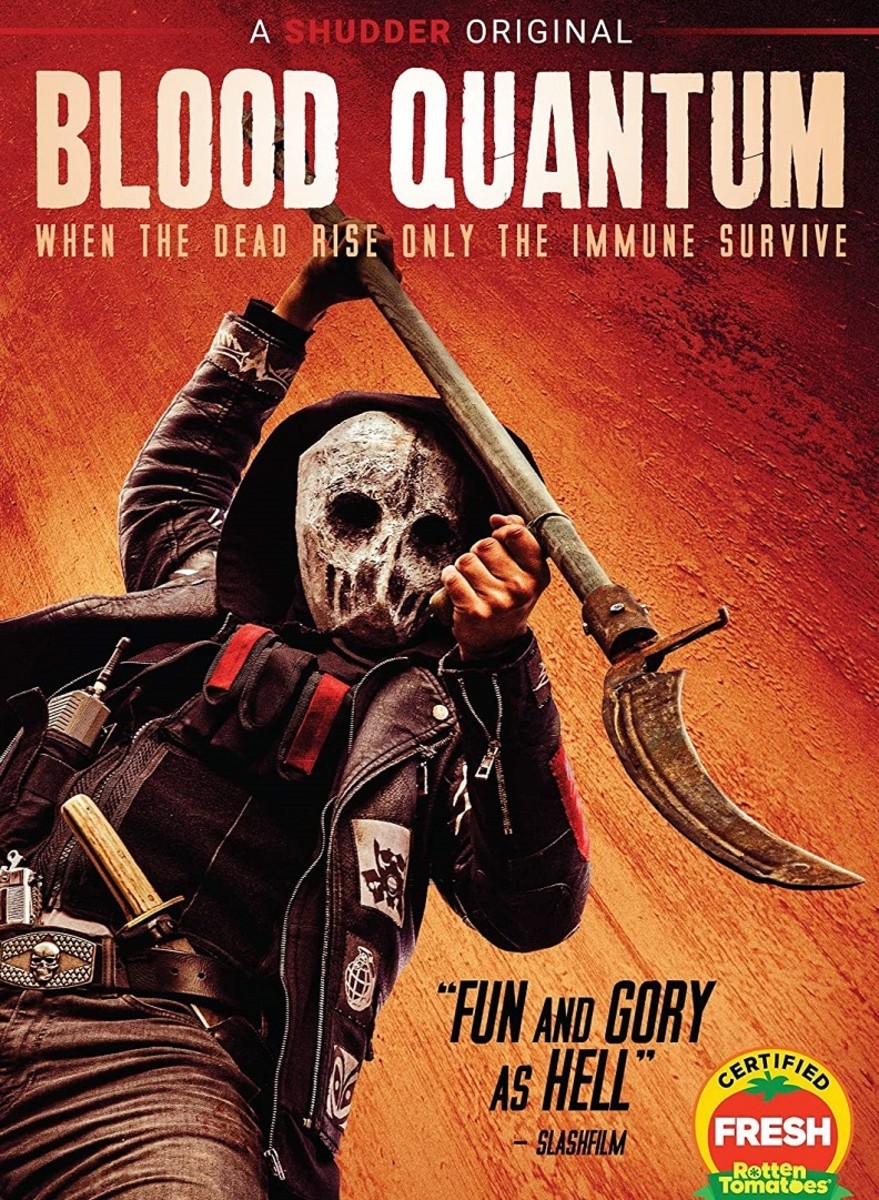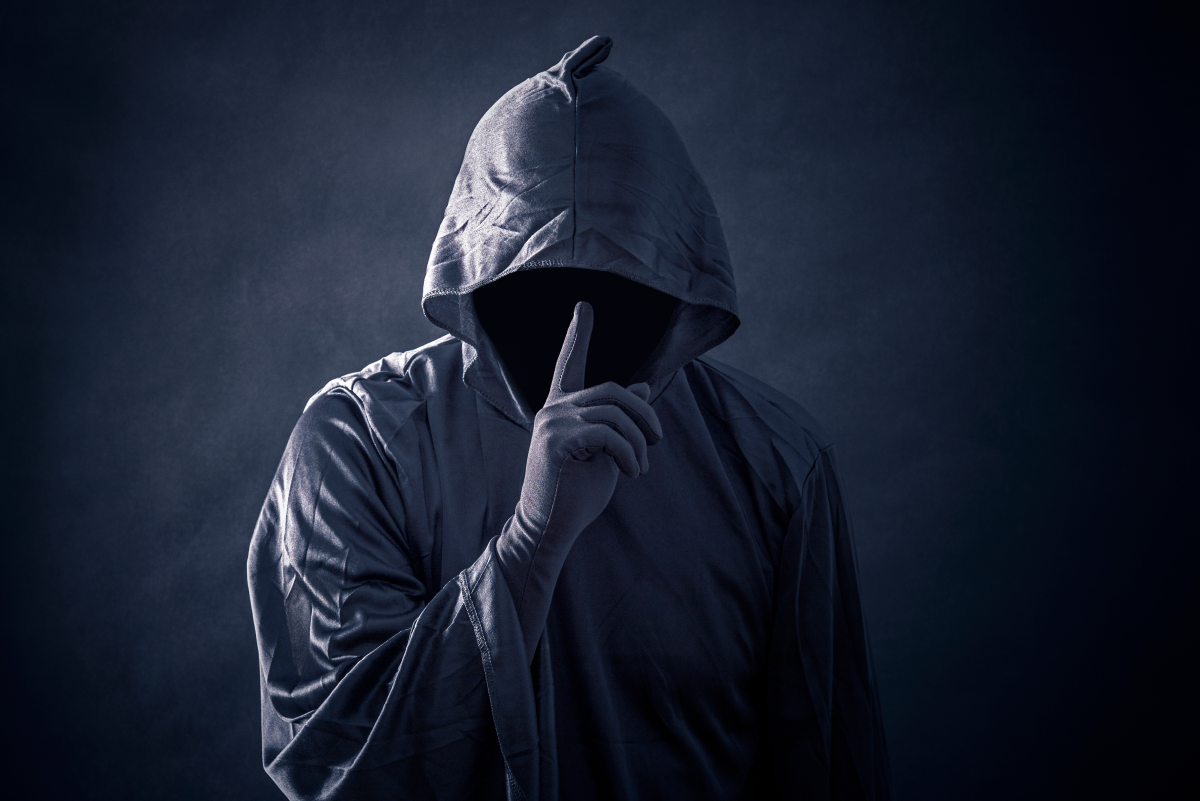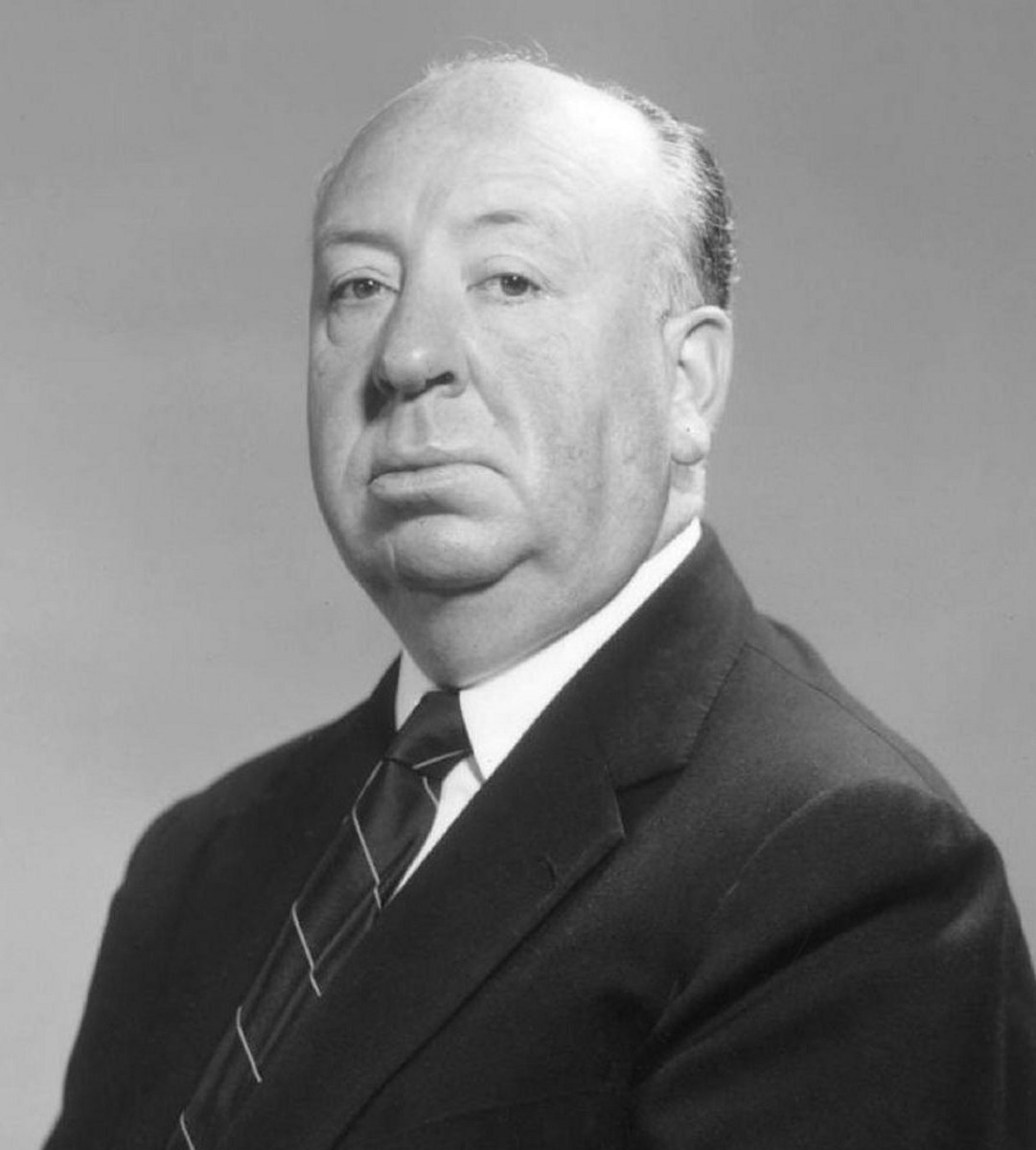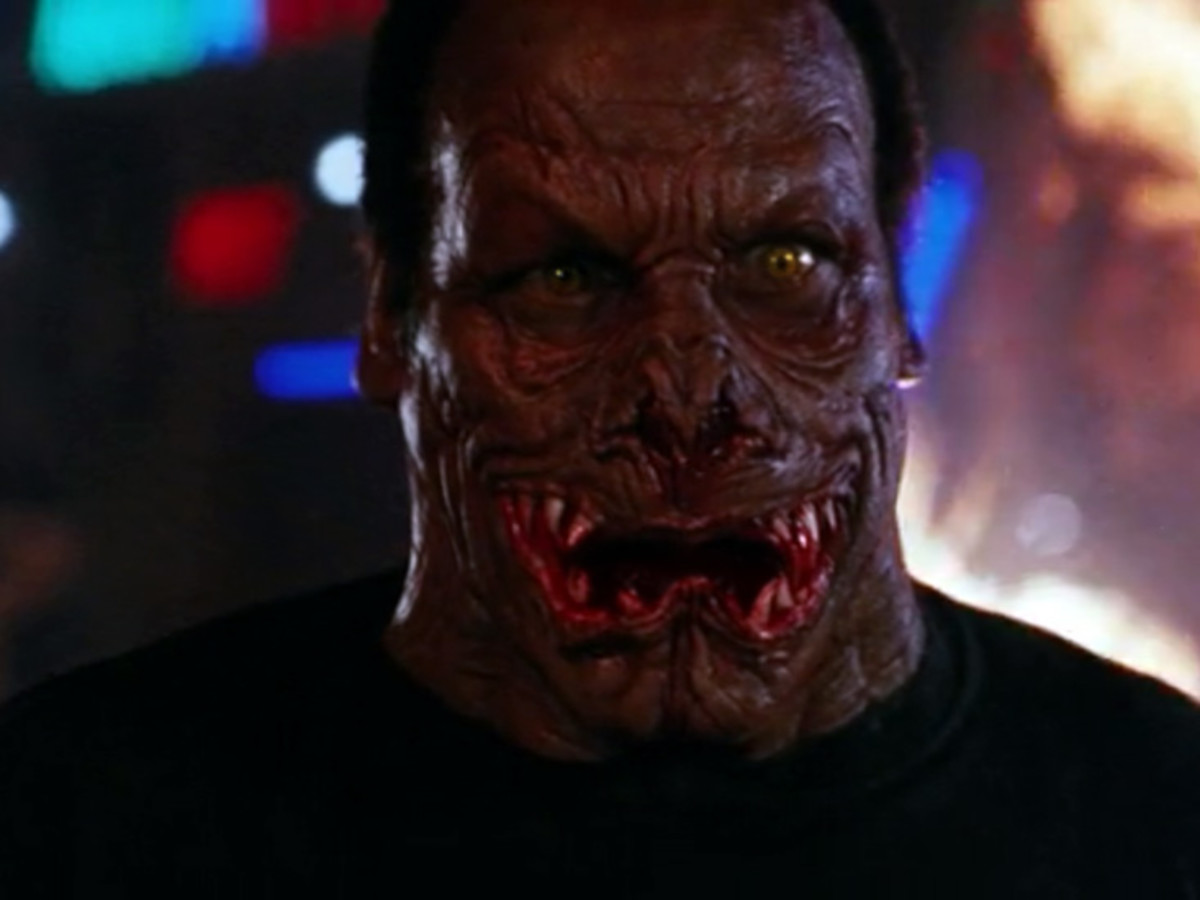The Witch Tries to be an Edgy Period Horror Film, but Comes up Short
The Witch
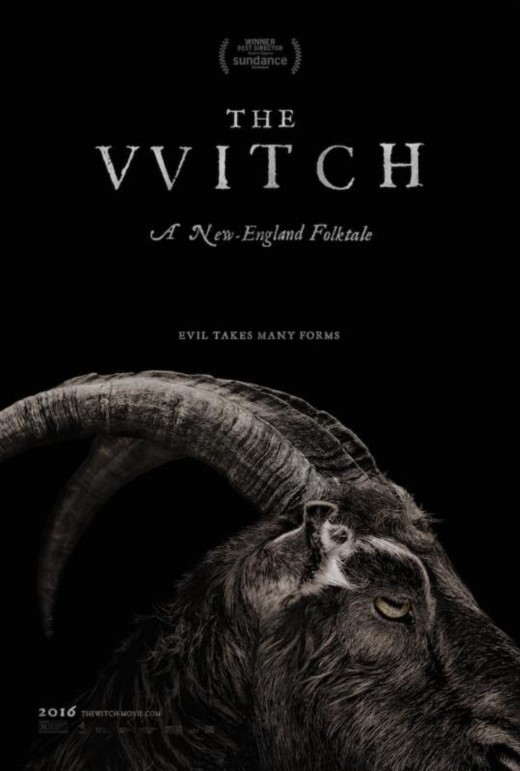
Credits
The Backdrop
In this period piece, set in New England in 1630 a farmer — William (Ralph Ineson), who is the patriarch of a Puritan family finds himself on trial by the elders in his close-knit community. William is full of himself and his own piety so he dismisses those around him as false Christians, and claim that he and he alone speaks the word of God. Well, as can be expected, he and his family are cast out of their colonial plantation and forced to move to a remote plot of land on the edge of an ominous forest that is rumored to be controlled by witches.
The Story
Almost immediately after they set up house, some very strange and unsettling things begin to occur — the animals start to turn violent, the crops fail, and one of the children disappears, only to return seemingly possessed by an evil spirit. As the days go by, suspicion and paranoia mount, with everyone starting to point the finger of accusation at teenage daughter Thomasin (Taylor-Joy), accusing her of witchcraft, which she vehemently denies. However, as circumstances become more and more treacherous, each family member’s faith, loyalty, and love is tested over and over to the breaking point.
The Witch Trailer
Why the Film Doesn't Work
If only the film was even half as good as the description of it, unfortunately, it is such a disjointed, and haphazardly pile-up of random images that it is all but completely incoherent. It is as if the director had a bunch of wicked-cool ideas of scary stuff, but really had no cognitive idea of how to string it together in order to make a smooth narrative film. He was attempting to show a period in American life and have it serve as the backdrops for horror, only it doesn’t quite work as none of the actors are believable in their roles, especially as they all seem to think that overacting is the way to properly display emotion; which is actually a real shame.
Suffer not a Witch to Live

An Insincere Gothic Horror Film
This period of time in America’s past — had it been done right — could have faithful recreated of one of the creepiest time periods in American history. Where religion came face-to-face with its own superstitious past, and — had it been done right —would have makes for a frightful movie indeed. However, even as the family’s dealings with the supernatural terror in the woods push their spiritual and physical endurance to the breaking point, we here in the audience really can’t believe in their performances, as it each of the performers are so clearly over-acting in an attempt to convince of their sincerity and determination, only all it does it make everything seem insincere and well fake. Every action is over-the-top, when nuanced subtly is what is called for in this type of Gothic horror piece.
There be Witches out There

Lacy Green talks About Witchcraft
In her MTV-sponsored online Vlog, Braless, Laci Green talks extensively about witches and how they just might be feminist symbols. While this is not so much a new idea, she does give a plausible argument that definitely deserves merit with some historical facts. Green points out that the persecution of women who were believed to be witches can be viewed as a symbol of the general oppression of women. She then goes on to point out that at one time (in our distant past) that witches were once respected and honored in the pagan tradition. She states that witches are one of the few symbols throughout history that represent women who were independently and sexually empowered. And then she relates this to the film. (Warning, there are spoilers in her review.)
Are Witches Feminist Icons?
We didn't Like the Film
As for ourselves, we have stated repeatedly that we are not a big fan of horror, but we do know bad acting writing and direction when we see it, and we’ve seen it all throughout this film.
Which Witch is Which?
